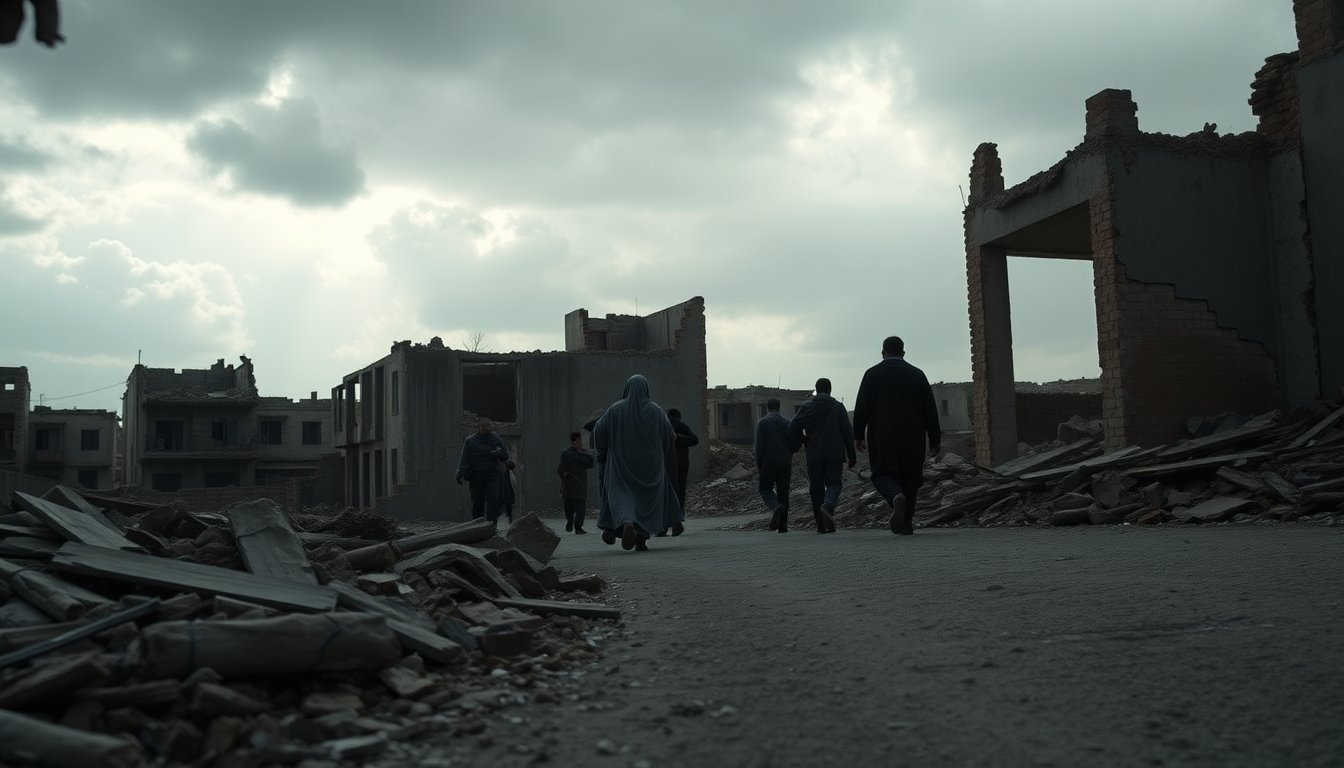Table of Contents
The humanitarian situation in Gaza has reached a critical juncture as the conflict escalates, placing civilians in perilous circumstances. Ongoing military operations have resulted in extensive destruction and displacement, exacerbating the plight of those remaining in the region. Reports indicate that many residents who sought refuge in designated safe zones have found conditions unbearable, compelling them to return to the conflict-ridden areas they initially fled. This trend underscores the complexities of survival in an environment where safety is elusive, and resources are scarce.
Current State of the Crisis
Recent military escalations have led to significant casualties and widespread destruction in Gaza City, with Israeli forces intensifying their airstrikes. The bombardment has systematically targeted residential buildings, including facilities recognized as shelters by international organizations. These actions have ignited international outcry as reports of civilian casualties continue to mount. On a single day, at least 49 individuals lost their lives in Gaza City alone, highlighting the urgent need for humanitarian intervention.
Al-Mawasi, previously regarded as a safe zone, has become a focal point for displaced individuals seeking refuge from violence. However, overcrowding and a lack of essential services have rendered it unsuitable for many. Dr. Muhammad Abu Salmiya, director of al-Shifa Hospital, noted that despite the desperate need for shelter, only a fraction of those attempting to flee have successfully reached the southern regions. The overwhelming influx of people has resulted in dire shortages of food, water, and basic hygiene facilities.
This ongoing cycle of displacement has created a paradox where individuals are opting to return to the dangers of Gaza City rather than endure conditions in overcrowded camps. Reports suggest that many find it more feasible to confront the uncertainties of their original homes than to navigate the risks associated with the so-called safe zones. The United Nations Relief and Works Agency (UNRWA) indicates that an astonishing 86 percent of Gaza is now either a militarized zone or subject to threats of displacement.
Humanitarian Response and Challenges
The humanitarian response to the crisis in Gaza has been fraught with challenges. Aid distribution sites established to support displaced families have come under fire, leading to tragic losses and raising questions regarding the safety of those reliant on such assistance. The Israeli military’s claims of targeting Hamas-related sites remain unsubstantiated, and the collateral damage inflicted on civilians raises alarm among human rights advocates.
Moreover, conditions within the al-Mawasi area have significantly deteriorated. Displaced families report that even if they manage to arrive, they face exorbitant costs and a lack of available space to settle. Faraj Ashour, a displaced individual, shared his harrowing experience of attempting to find shelter in an already crowded area, highlighting the desperate situation many families face.
The humanitarian crisis in Gaza is compounded by ongoing violence, which has left families without adequate access to food or medical care. Reports indicate that deaths related to starvation are on the rise, with at least 420 individuals, including many children, succumbing to malnutrition since the onset of the conflict. As the situation continues to unfold, the need for a coordinated international humanitarian response is more critical than ever.
Looking Ahead: Potential Outcomes and International Response
The future of Gaza remains uncertain as the conflict escalates and humanitarian needs grow. The international community faces increasing pressure to address the crisis and provide meaningful support to those affected. With the situation deteriorating, there is an urgent call for diplomatic solutions that prioritize the safety and welfare of civilians caught in the crossfire.
In the coming weeks, the focus will likely shift towards international negotiations aimed at de-escalating the violence and ensuring that humanitarian aid can reach those in need. The ongoing conflict serves as a stark reminder of the complexities of modern warfare and its profound impact on civilian populations.
As the crisis evolves, it is essential for stakeholders to advocate for the protection of human rights and work towards sustainable solutions that address the root causes of the conflict. Only through collaborative efforts can the international community hope to alleviate the suffering of those trapped in Gaza and pave the way for a more stable future.


